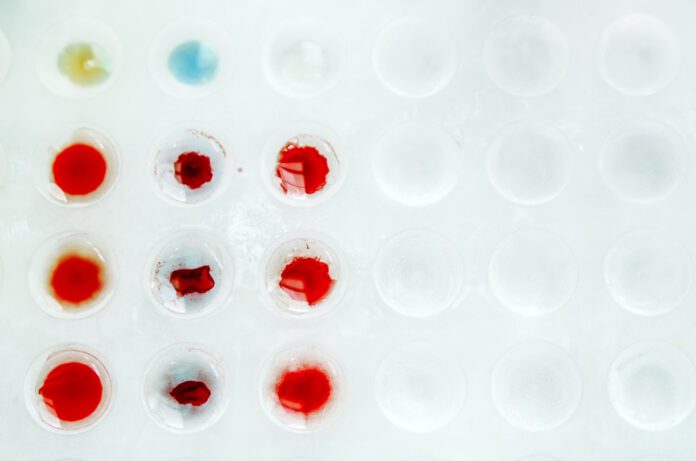Overview Of Bleeding Disorder – Von Willebrand
Von Willebrand disease is the most common hereditary bleeding disorder.
Commonly Associated With
Von Willebrand’s Disease
Causes Of Bleeding Disorder – Von Willebrand
Von Willebrand’s disease is caused by a deficiency of Von Willebrand factor. Von Willebrand factor helps blood platelets clump together and stick to the blood vessel wall, which is necessary for normal blood clotting. There are several types of von Willebrand disease.
A family history of a bleeding disorder is the primary risk factor.
Symptoms
Symptoms may include:
- Abnormal menstrual bleeding
- Bleeding of the gums
- Bruising
- Nosebleeds
- Skin rash
- Note: Most women with heavy or prolonged menstrual bleeding do not have von Willebrand disease.
Exams & Tests
Von Willebrand disease may be hard to diagnose. Low von Willebrand factor levels and bleeding do not always mean you have von Willebrand disease.
Tests that may be done to diagnose this disease include:
- Bleeding time
- Blood typing
- Factor VIII level
- Platelet function analysis
- Platelet count
- Ristocetin cofactor test
- Von Willebrand factor specific tests
Treatment Of Bleeding Disorder – Von Willebrand
Treatment may include DDAVP (desamino-8-arginine vasopressin). It is a medicine to raise von Willebrand factor level and reduce the chances for bleeding.
However, DDAVP does not work for all types of von Willebrand disease. Tests should be done to determine what type of von Willebrand you have. If you are going to have surgery, your doctor may give you DDAVP before surgery to see if your von Willebrand factor levels increase.
The drug Alphanate (antihemophilic factor) is approved to decrease bleeding in people with the disease who must have surgery or any other invasive procedure.
The blood plasma or certain factor VIII preparations may also be used to decrease bleeding.



